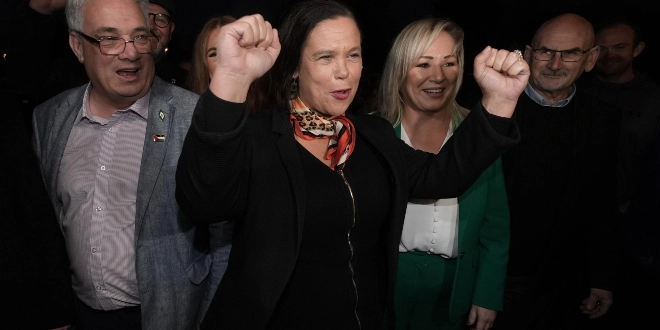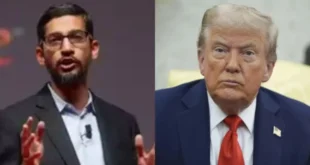The formation of the next government is starting to take shape. Both Fianna Fáil and Fine Gael have reaffirmed their intentions to create a stable government. Any speculation about Fine Gael considering a period in opposition has been dismissed by senior members of the party.
While Sinn Féin aims to build a left-wing coalition, they lack the numbers needed for a majority of 88 Dáil seats. In contrast, Fianna Fáil and Fine Gael together will hold more than 80 seats. It is now almost certain that Fianna Fáil will secure the most seats, positioning Micheál Martin as the next Taoiseach.
To establish a secure government, they will need additional support. Former Taoiseach Leo Varadkar mentioned that at least 90 TDs are necessary for a comfortable majority. The potential partners include the Labour Party, the Social Democrats, or independent TDs.
During the campaign, both major parties hinted at collaboration with Labour. However, Labour faces a decision: join the government or allow the Social Democrats to consolidate the centre-left vote from opposition. This choice involves political risk, reminiscent of Mary Harney’s sentiment that even the worst day in government is better than the best day in opposition.
The Social Democrats are viewed as less likely coalition partners, and gaining their members’ approval for a government program could be difficult. The third option involves negotiating with a few independent TDs. If Fianna Fáil and Fine Gael are close to the 90-seat threshold, this could be feasible. They would likely start discussions with independents who have previously supported government measures, such as Seán Canney, Noel Grealish, Michael Lowry, and Kevin ‘Boxer’ Moran.
Completing these negotiations before Christmas appears unlikely. It is more probable that the new government will be fully established by January.
 The Daily Star Ireland
The Daily Star Ireland



